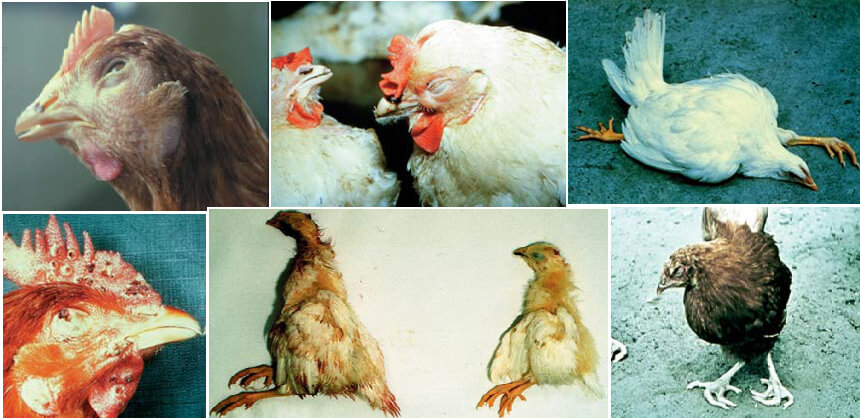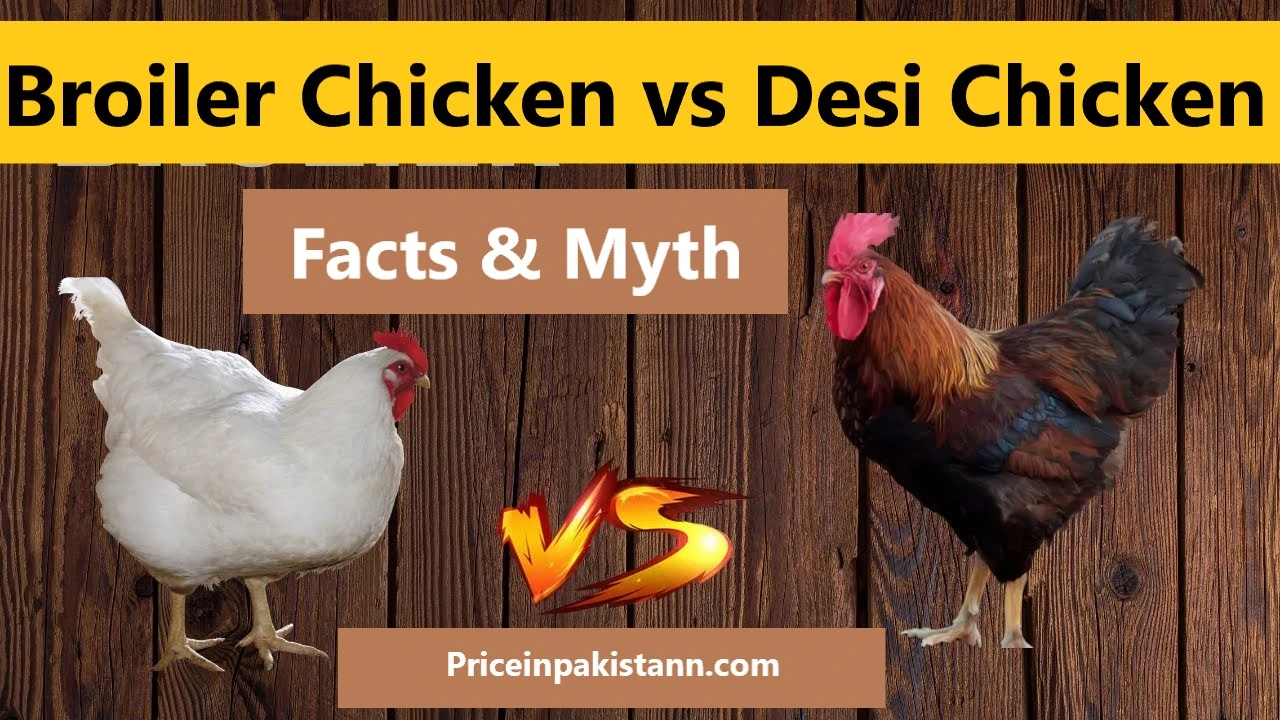Chicken is a popular source of protein worldwide, but there can be risks associated with consuming infected chicken. In this article, we will explore the potential side effects of eating chicken that is contaminated with harmful pathogens or infected with diseases. It is crucial to understand these risks to make informed choices about food safety.
Table of Contents
Foodborne Illnesses
Description: Consuming chicken infected with bacteria such as Salmonella or Campylobacter can lead to foodborne illnesses. Symptoms include diarrhea, abdominal cramps, vomiting, and fever.
| Disease Name | Risk | Prevention |
|---|---|---|
| Foodborne Illnesses | High | Proper cooking and handling of chicken to avoid cross-contamination. |
Salmonellosis
Description: Salmonella bacteria cause salmonellosis and can result from consuming undercooked or contaminated chicken. It leads to symptoms like diarrhea, nausea, abdominal pain, and fever.
| Disease Name | Risk | Prevention |
|---|---|---|
| Salmonellosis | Moderate to High | Cooking chicken to a minimum internal temperature of 165°F (74°C) and practicing good hygiene when handling raw poultry can prevent salmonellosis. |
Avian Influenza (Bird Flu)
Description: Avian influenza, or bird flu, can be transmitted to humans through close contact with infected poultry or consuming undercooked chicken. It can cause flu-like symptoms and, in severe cases, respiratory distress.
| Disease Name | Risk | Prevention |
|---|---|---|
| Avian Influenza | Low to Moderate | Proper cooking and handling of chicken, as well as monitoring for outbreaks in poultry farms, can reduce the risk of avian influenza transmission. |
Antibiotic Resistance
Description: Some chickens may contain antibiotic residues due to their use in poultry farming. Consuming chicken with antibiotic residues can contribute to antibiotic resistance in humans.
| Disease Name | Risk | Prevention |
|---|---|---|
| Avian Influenza | Low to Moderate | Proper cooking and handling of chicken, as well as monitoring for outbreaks in poultry farms, can reduce the risk of avian influenza transmission. |
Parasitic Infections
Description: Parasites like Toxoplasma and Trichinella can infect chickens, and consuming undercooked or contaminated meat can lead to parasitic infections. Symptoms vary but can include muscle pain, fever, and gastrointestinal issues.
| Disease Name | Risk | Prevention |
|---|---|---|
| Parasitic Infections | Low to Moderate | Cooking chicken thoroughly and caution with undercooked or raw chicken dishes. |
Antibiotic-Resistant Bacteria
Description: Chicken raised with the excessive use of antibiotics can contribute to the development of antibiotic-resistant bacteria, which can pose a health threat to consumers.
| Disease Name | Risk | Prevention |
|---|---|---|
| Antibiotic-Resistant Bacteria | Low to Moderate | Choose chicken products from sources promoting responsible antibiotic use. |
Allergic Reactions
Description: Some individuals may experience allergic reactions to proteins in chicken meat, leading to symptoms like hives, swelling, digestive discomfort, or even anaphylaxis.
| Disease Name | Risk | Prevention |
|---|---|---|
| Allergic Reactions | Low | Avoid consuming chicken if you have known chicken allergies. |
Unpleasant Odors and Flavors
Description: Infected chicken may develop off-putting odors and flavors due to spoilage or bacterial contamination.
| Disease Name | Risk | Prevention |
|---|---|---|
| Unpleasant Odors and Flavors | Low | Check chicken for freshness and discard spoiled or contaminated chicken. |
Economic Impact
Description: Outbreaks of diseases in chicken flocks can result in market shortages and increased prices for chicken and poultry products.
| Disease Name | Risk | Prevention |
|---|---|---|
| Avian Influenza | high | Support biosecurity measures in poultry farming to prevent disease outbreaks. |

Conclusion
Consuming infected chicken can lead to various health risks, including foodborne illnesses, bacterial infections, and even antibiotic resistance. To minimize risks, it is essential to practice safe food handling and cooking techniques. Ensure chicken is thoroughly cooked, avoid cross-contamination, and choose chicken products from reputable sources that prioritize food safety and responsible antibiotic use. Being aware of potential side effects and taking appropriate precautions will help you enjoy chicken as a safe and nutritious part of your diet.



